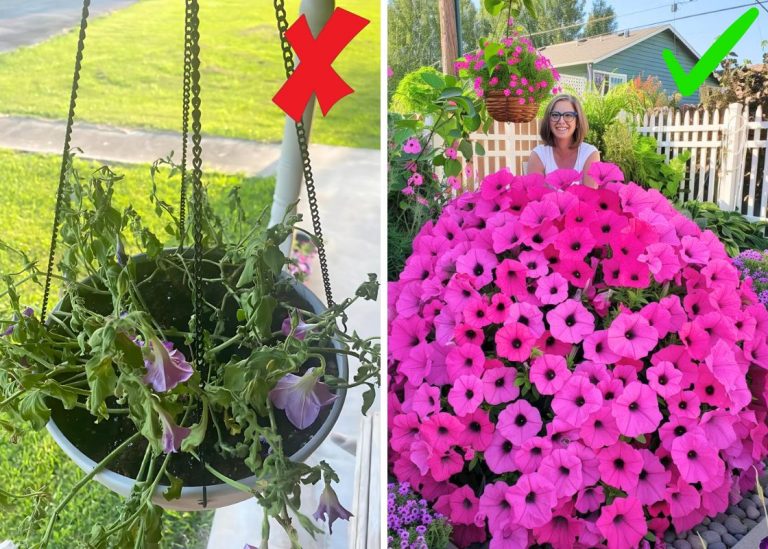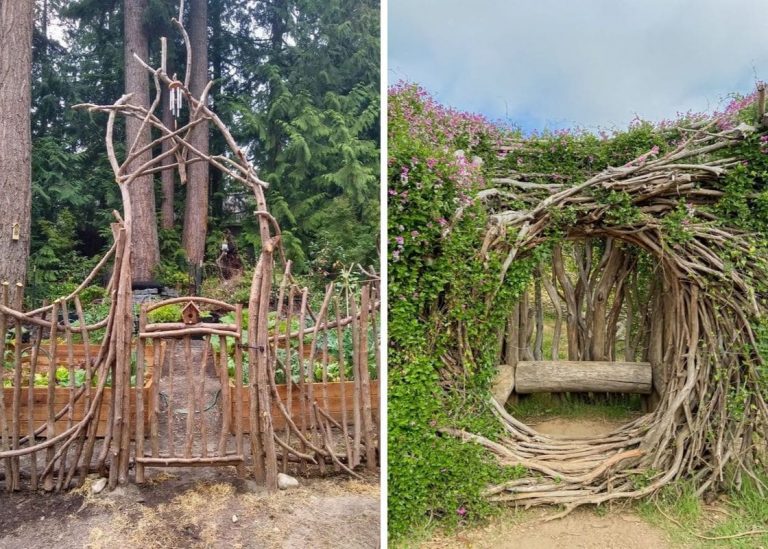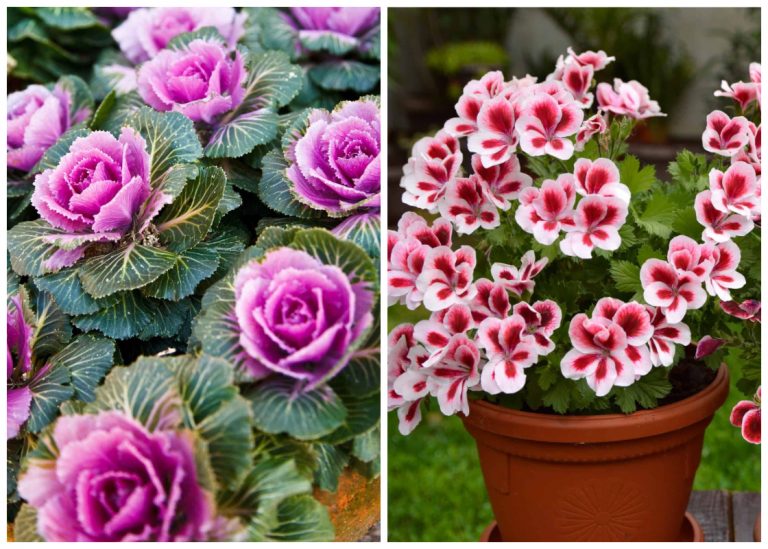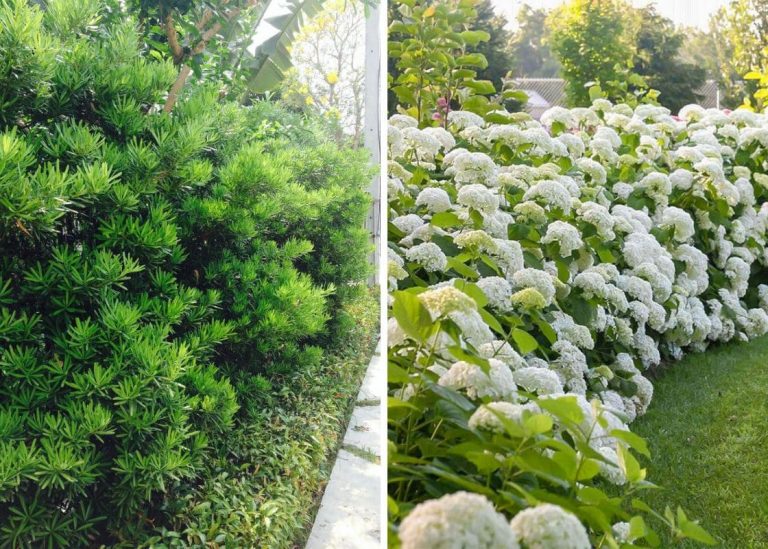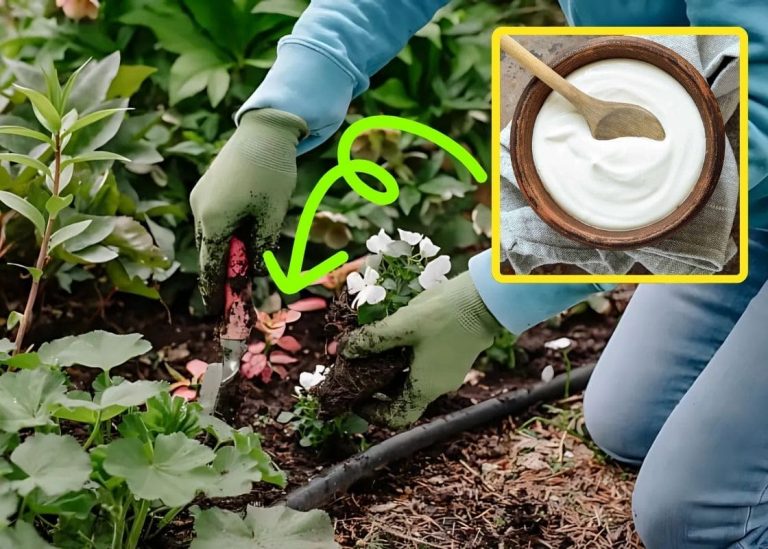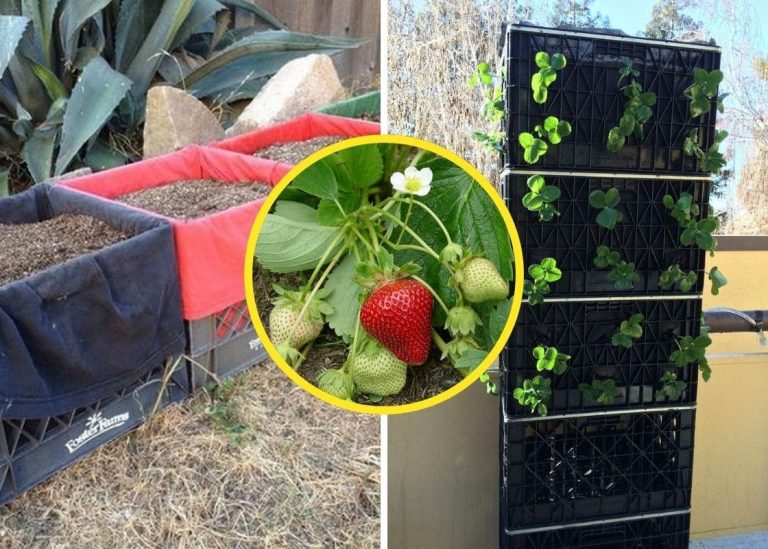Plants That Never Bloom: The Forgotten Beauty of Flowerless Plants
When I first started gardening, I was completely obsessed with blooms. Big ones. Fragrant ones. The kind of flowers that stopped you in your tracks—roses, dahlias, peonies, and any annual with petals like confetti. I wanted color. I wanted celebration. I thought anything without flowers was just… unfinished.
Then one rainy spring morning, I wandered through a nearby forest trail. The rain had softened the earth, the light was low, and every stone and tree root seemed covered in moss. Ferns unfurled like ancient scrolls. Bright green liverworts crept along the bark like velvet. Even the mushrooms, popping up in odd, pale clusters, had a kind of quiet grace.

It hit me then: not everything in the plant world needs to bloom to be beautiful. Some grow in shadows. Some wear textures instead of petals. Some exist just to soften edges and hold stories. That walk changed how I see plants forever.
Today, I want to share some of my favorite flowerless plants—the ones that don’t ask for attention but still hold a world of wonder. From forests to tidepools, garden beds to terrariums, these plants tell their stories differently. And I’ve come to admire them just as much as the bold bloomers.
What Are Flowerless Plants?
Flowerless plants reproduce without producing seeds or blossoms. They don’t grow in the way we’re used to seeing in garden centers or bouquets. Instead, they spread through spores, rhizomes, or water-based cells.
Some thrive in moist, shaded places. Others live in tidepools or forest floors. And yet, each one offers color, form, or texture that brightens a space in its own quiet way. Let’s explore a few of them.
Mushrooms: The Enchanted Architects
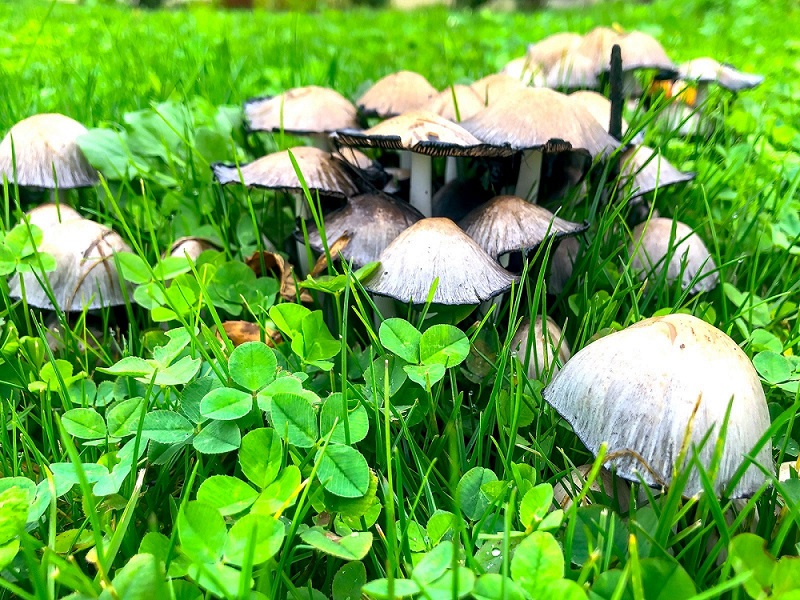
I never used to think of mushrooms as garden-worthy—until I spotted a patch of tiny red-capped toadstools pushing up from a rotting log near my compost bin. It was like something out of a fairytale.
Mushrooms are fungi, not plants in the technical sense, but they belong in this list because of their charm and structure. Some appear overnight after rain. Others grow in rings or clusters like sculptures made from mist.
Garden Tips:
- Encourage wild mushrooms by leaving decaying logs or bark in shaded garden areas.
- Never eat wild mushrooms unless properly identified by an expert.
- Great for woodland-themed garden corners or fairy gardens.
Seaweed: The Ocean’s Living Lace
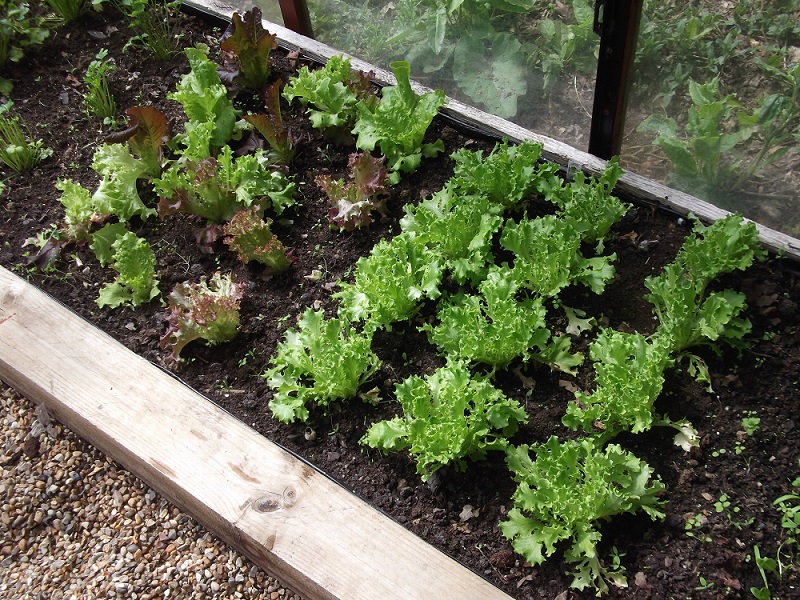
While you may not be growing seaweed in your backyard, I included it because it opened my eyes to an entirely different way of seeing plant life. I remember finding bright green sea lettuce clinging to rocks during a tidepool walk—it shimmered in the sun like silk in water.
Seaweeds are algae, thriving without roots, leaves, or flowers. Some gardeners even use dried seaweed as mulch or fertilizer.
Uses & Notes:
- Excellent natural fertilizer when dried and soaked into compost tea.
- Adds potassium and trace minerals to garden beds.
- Beautiful in coastal garden art or as pressed specimens in botanical journals.
Ferns: The Forest’s Whisper

Ferns were the first flowerless plant I intentionally added to my garden. I tucked a few lady ferns beneath the shade of our maple tree and forgot about them. By early summer, they had spread—soft, feathery, and full of motion.
There’s something timeless about a fern. Maybe because they’ve been around for 300 million years. Maybe because they sway without a sound.
My Growing Tips:
- Ferns love moisture and filtered light—perfect for shade gardens.
- Try varieties like maidenhair, ostrich, or Japanese painted fern for texture and color.
- Keep the soil rich with compost and mulch to mimic a forest floor.
Moss: The Velvet of the Garden
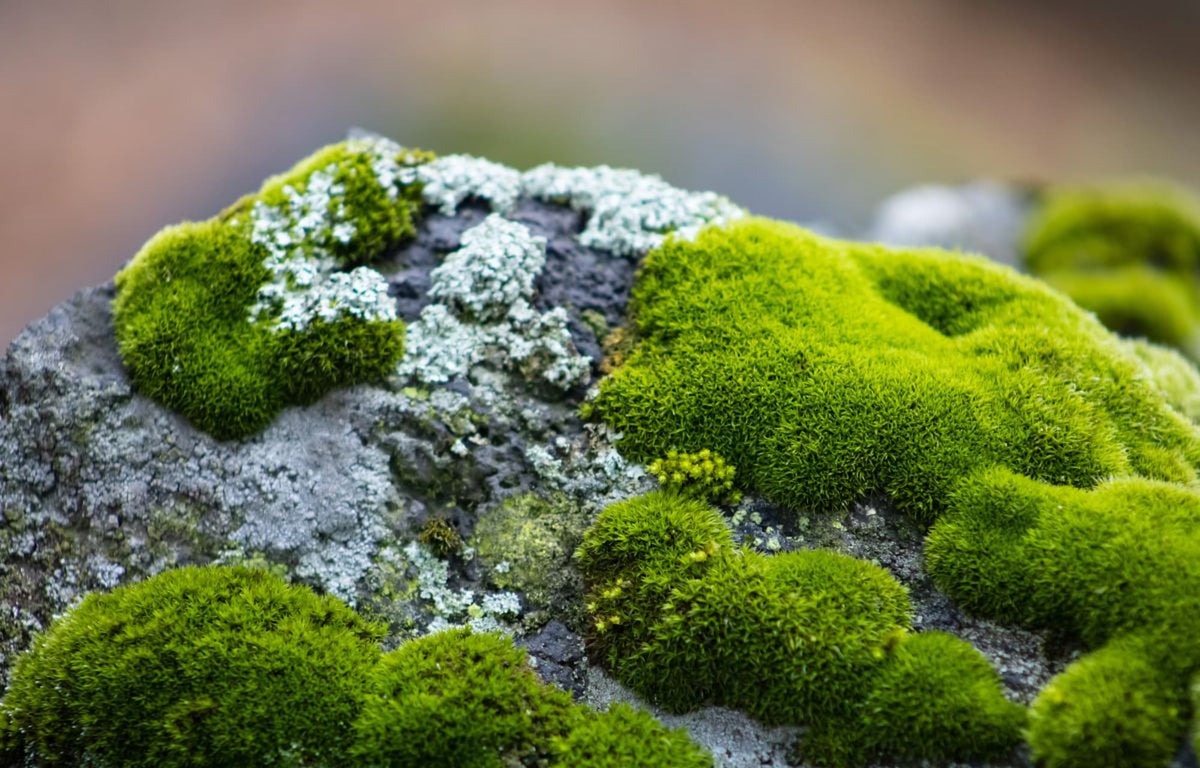
Moss has always been something I admired from afar—usually on old stone walls or in forest nooks. Then I learned I could cultivate it myself, and a whole new world opened up.
I started by gently pressing pieces onto damp stones in a shaded pot, misting it daily. Within weeks, it had taken root. Soft, spongy, and brilliantly green—it brings a calming presence to any space.
How to Encourage Moss:
- Choose a shaded, moist area with compact soil or stone.
- Lightly press moss into place and mist it daily until established.
- Avoid walking on it—moss is delicate underfoot.
Liverworts & Hornworts: The Hidden Ground Layers
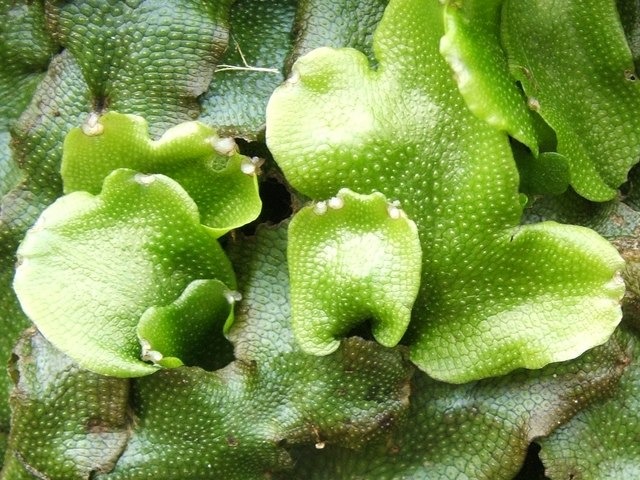
These are the plants most people walk past without ever seeing. But if you’ve ever looked closely at a damp stone or old log and seen something leafy, flat, or curling—there’s a good chance you’ve met a liverwort or hornwort.
They’re tiny, ancient, and often overlooked. But I love how they form living carpets in spots where nothing else wants to grow.
Tips for Nature Lovers:
- Great for terrariums or shady container gardens.
- Keep humid and sheltered—perfect near water features.
- Add depth and interest to miniature garden scenes.
Why Flowerless Plants Deserve More Love
They don’t bloom. They don’t shout. They don’t compete for attention. But they persist.
Flowerless plants thrive where others fade. They blanket forgotten places. They soften stone, break up hard lines, and bring balance. And they ask very little in return.
Whether it’s a patch of moss on a bench, a fern unfurling in the corner of a shady bed, or seaweed pressed between pages of a nature journal—these plants quietly remind us that beauty doesn’t always bloom.
Final Thoughts: Sometimes the Best Things Grow in the Shadows
These plants have helped me fall in love with the overlooked. They’ve made me more curious, more patient, and more willing to get down on my knees and really see what’s growing beneath the showier blooms.
So next time you’re walking through the woods, sitting by a pond, or even exploring your own garden, take a closer look at the flowerless ones.
Let them surprise you. Let them soften your space. Let them remind you that not everything beautiful needs to bloom. Let’s keep exploring together.
If you’ve ever grown or admired a flowerless plant—or if you’re now inspired to start—leave a comment and share your story. I’d love to hear what grows quietly in your corner of the world.

